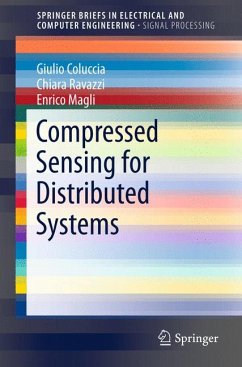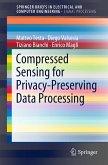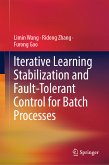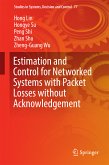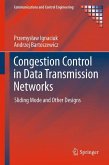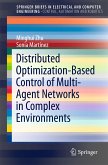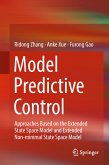This book presents a survey of the state-of-the art in the exciting and timely topic of compressed sensing for distributed systems. It has to be noted that, while compressed sensing has been studied for some time now, its distributed applications are relatively new. Remarkably, such applications are ideally suited to exploit all the benefits that compressed sensing can provide. The objective of this book is to provide the reader with a comprehensive survey of this topic, from the basic concepts to different classes of centralized and distributed reconstruction algorithms, as well as a comparison of these techniques. This book collects different contributions on these aspects. It presents the underlying theory in a complete and unified way for the first time, presenting various signal models and their use cases. It contains a theoretical part collecting latest results in rate-distortion analysis of distributed compressed sensing, as well as practical implementations of algorithms obtaining performance close to the theoretical bounds. It presents and discusses various distributed reconstruction algorithms, summarizing the theoretical reconstruction guarantees and providing a comparative analysis of their performance and complexity. In summary, this book will allow the reader to get started in the field of distributed compressed sensing from theory to practice. We believe that this book can find a broad audience among researchers, scientists, or engineers with very diverse backgrounds, having interests in mathematical optimization, network systems, graph theoretical methods, linear systems, stochastic systems, and randomized algorithms. To help the reader become familiar with the theory and algorithms presented, accompanying software is made available on the authors' web site, implementing several of the algorithms described in the book. The only background required of the reader is a good knowledge of advanced calculus and linear algebra.
Dieser Download kann aus rechtlichen Gründen nur mit Rechnungsadresse in A, B, BG, CY, CZ, D, DK, EW, E, FIN, F, GR, HR, H, IRL, I, LT, L, LR, M, NL, PL, P, R, S, SLO, SK ausgeliefert werden.
"This book focuses on recent advances in the research involving compressed sensing for distributed systems. ... The book provides an excellent overview of the state-of-the-art solutions addressing various situations such as collaboration of nodes versus independence of nodes or including energy conservation as a goal in the search for the solution. ... well-written contribution to the field of distributed systems and computational sensing and will find its audience among professionals (researchers, faculty, and graduate students) working in these fields." (Stefan Robila, Computing Reviews, March, 2016)

